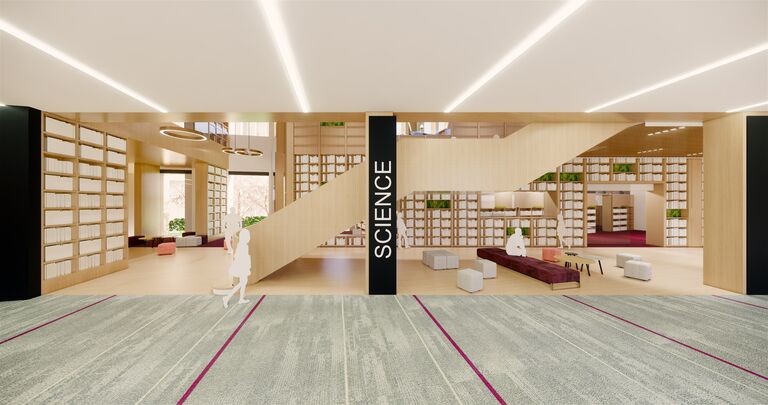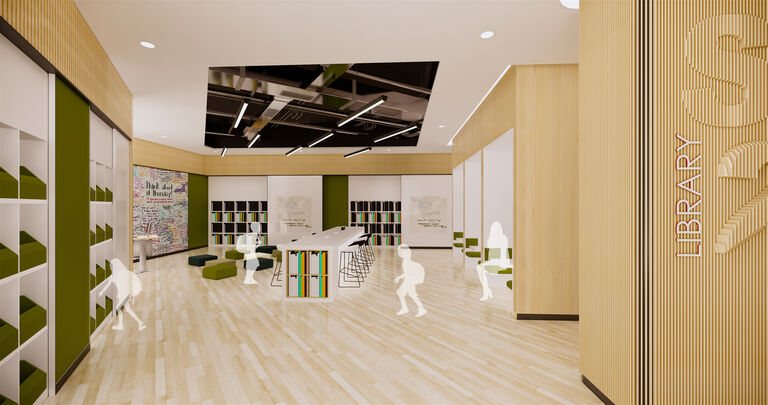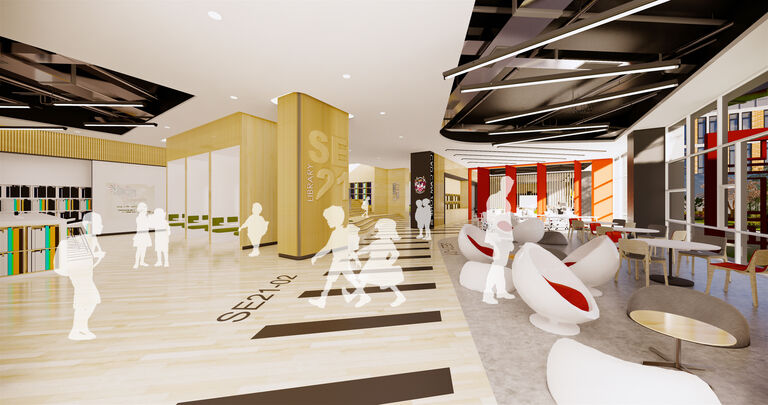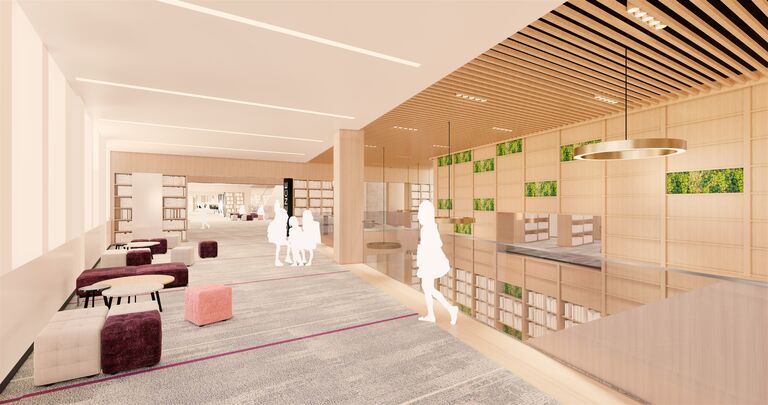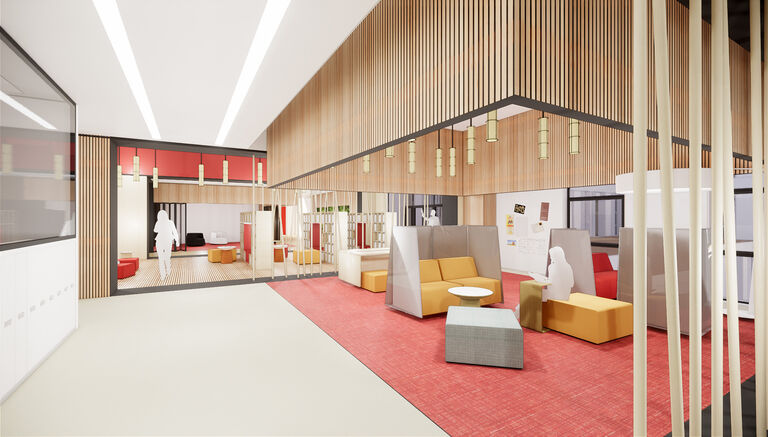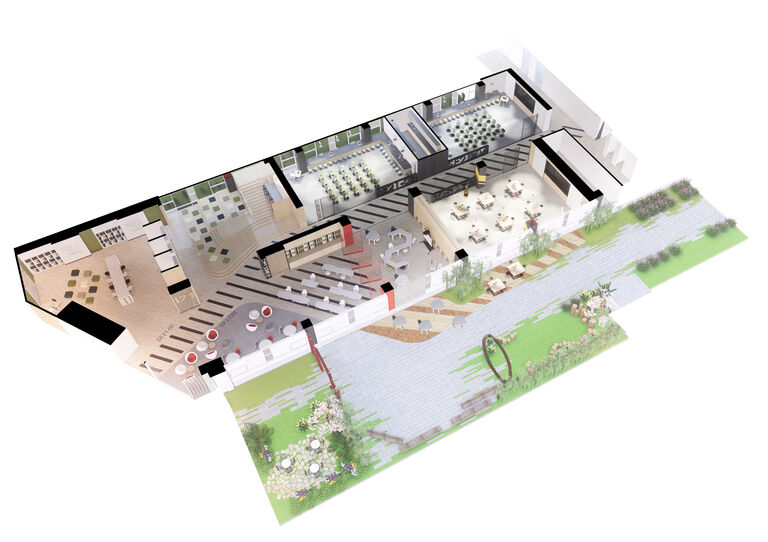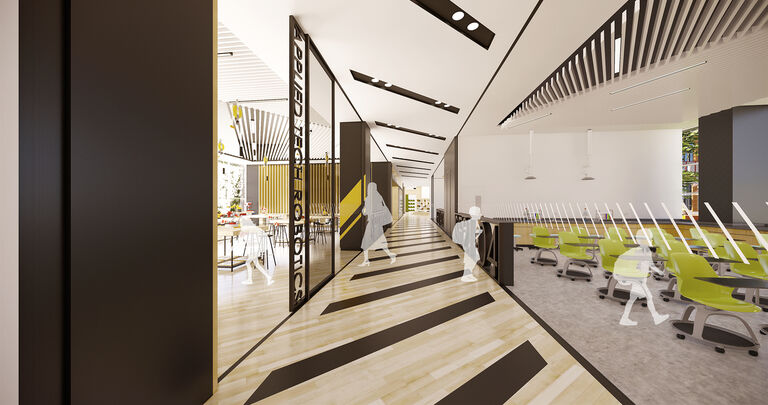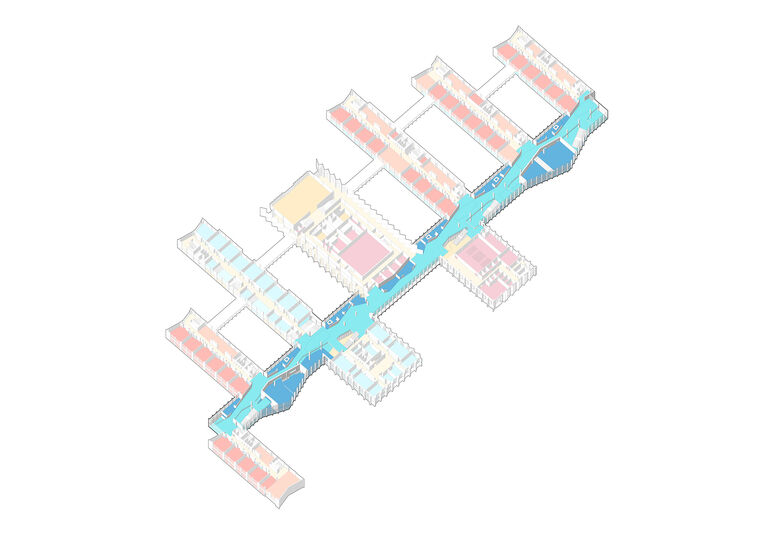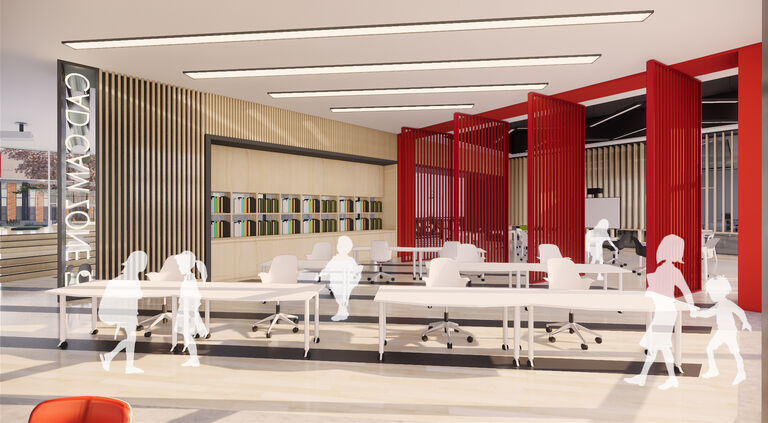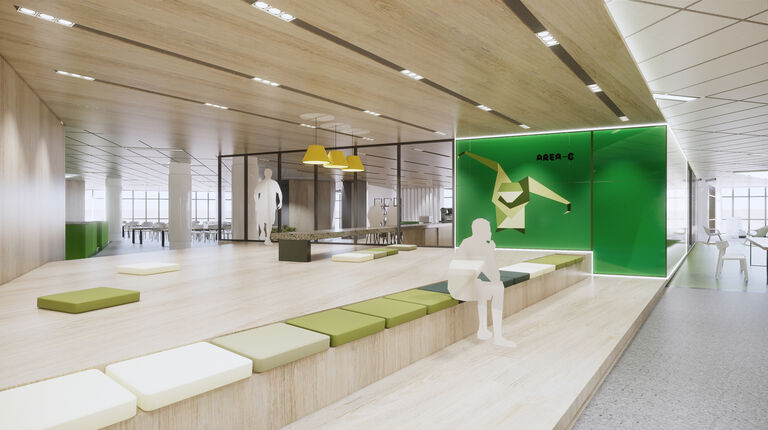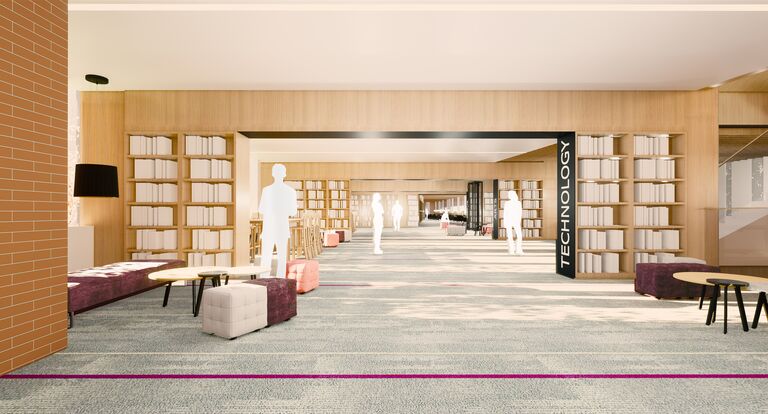It has been a long time since the school library was purely about lending books - in the digital age it has become so much more. The modern library has increasingly become a destination for curiosity and creativity, a place that inspires students and encourages a love of learning.
Where we have previously witnessed row upon row of books being replaced with rows of desktop computers, these are now also disappearing to provide more flexible facilities. Learners are now encouraged to BYOD (bring your own device) or use school-issued tablets and laptops – making learners more mobile and spaces more flexible.
